 | ||
Similar Aram Damascus, Zobah, Aram Rehob | ||
Jacobs s time in paddan aram
Paddan Aram or Padan-aram (Aramaic: פדן ארם) was an early Aramean kingdom in Mesopotamia. Paddan Aram in Aramaic means the field of Aram. The name may correspond to the Hebrew “sedeh Aram,” or “field of Aram.” (Rashi to Gen. 25:20; e.g., Hos. 12:13.)
Contents
- Jacobs s time in paddan aram
- Jacobs time in paddan aram rough draft
- In the Hebrew Bible
- In Rabbinic interpretation
- References
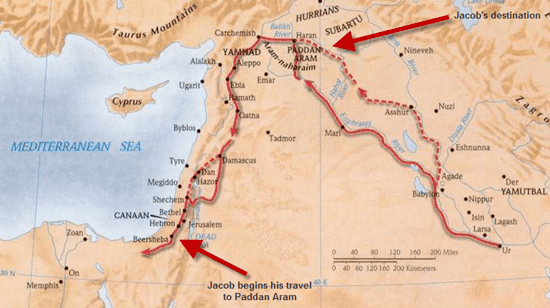
Jacobs time in paddan aram rough draft
In the Hebrew Bible
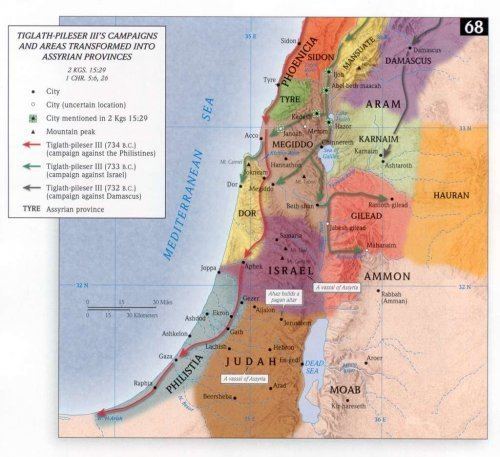
Paddan Aram designates the area of Harran in upper Mesopotamia. "Paddan Aram" and "Haran" may be dialectical variations regarding the same locality as paddanū and Harranū are synonyms for "road" or "caravan route" in Akkadian.
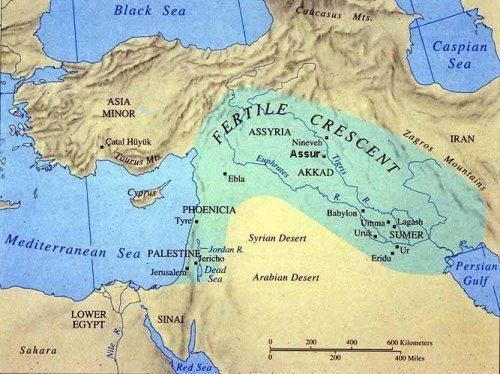
Padan-aram or Padan is mentioned in eleven verses within the Book of Genesis in the Hebrew Bible. Scholars who support the documentary hypothesis typically assign most of these verses to the Priestly source, with the remaining verses attributed to edits made by a later redactor.
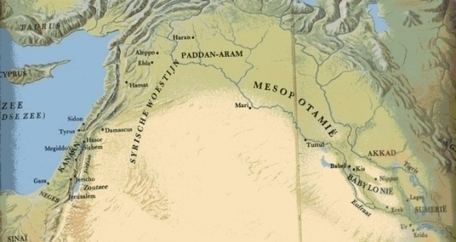
The city of Harran, where Abraham and his father Terah settled after leaving Ur of the Chaldees, while en route to Canaan, according to the Genesis 11:31, was located in Paddan Aram, that part of Aram Naharaim that lay along the Euphrates. Abraham's brother Nahor settled in the area. Abraham’s nephew Bethuel, son of Nahor and Milcah, and father of Laban and Rebecca, lived in Padan-aram. Abraham sent his steward, back there to find a wife among his kinfolk for his son, Isaac. The steward found Rebecca.
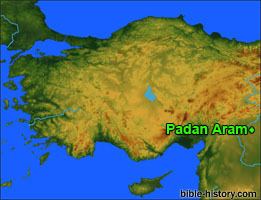
Isaac and Rebecca's son Jacob was sent there to avoid the wrath of his brother Esau. There Jacob worked for Laban, fathered eleven sons and daughter, Dinah, (Gen. 35:22-26; 46:15), and amassed livestock and wealth. (Gen. 31:18.) From there, Jacob went to Shechem and the Land of Israel, where his twelfth son was born to him. (Gen. 33:18.)
In Rabbinic interpretation
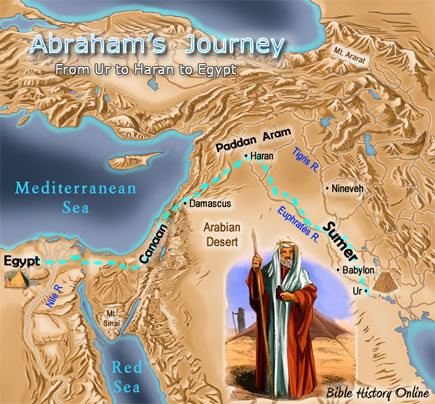
In the Midrash, Rabbi Isaac taught that the people of Padan-aram were rogues and Rebekah was like a lily among the thorns. (Genesis Rabbah 63:4 see also Leviticus Rabbah 23:1 (deceivers); Song of Songs Rabbah 2:4 (tricksters); Zohar, Bereshit 1:136b (wicked); Rashi to Gen. 25:20 (wicked).) Rabbi Isaac thus considered Rebecca’s sojourn in Padan-aram as emblematic of Israel’s among the nations. (Zohar, Bereshit 1:137a.)
